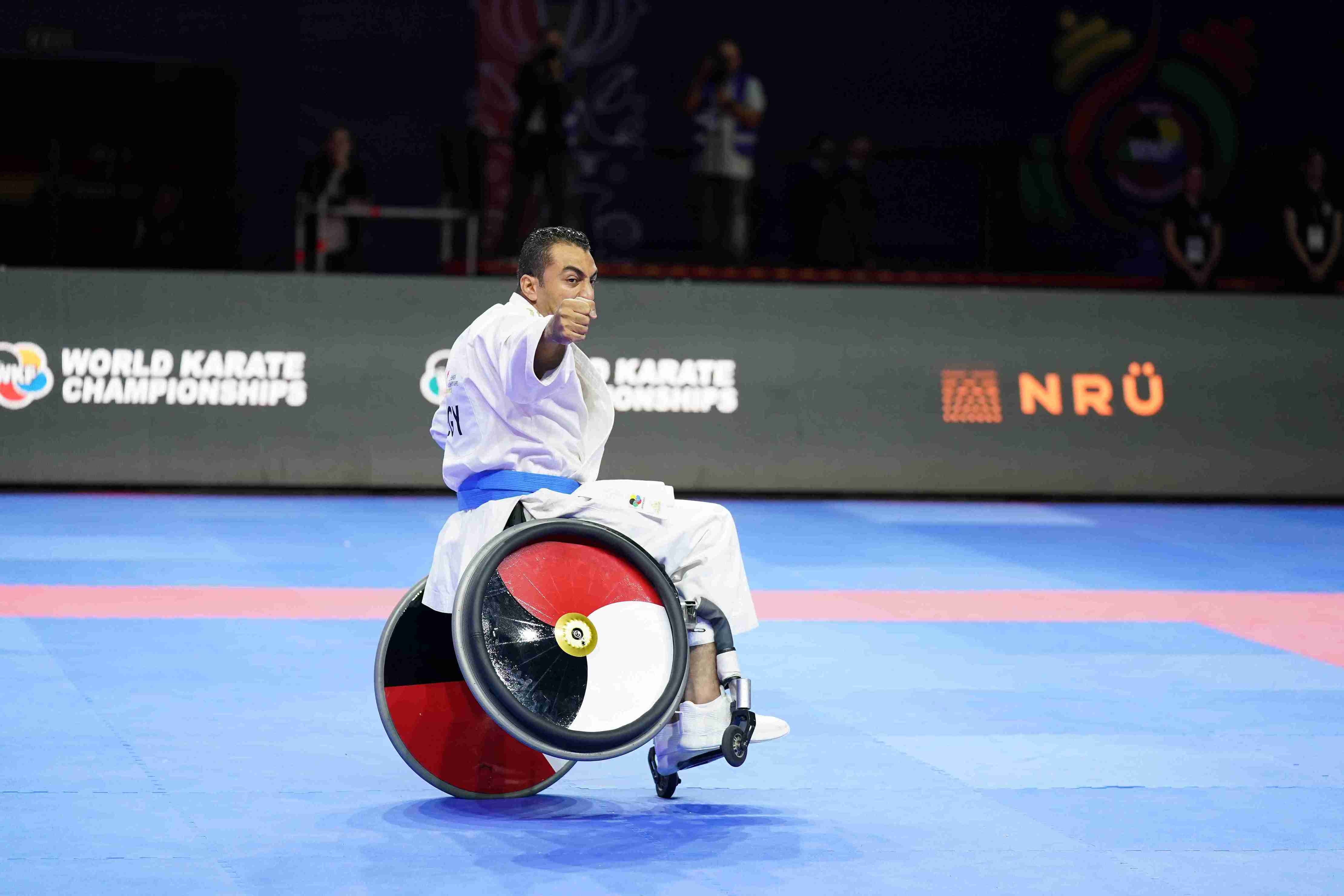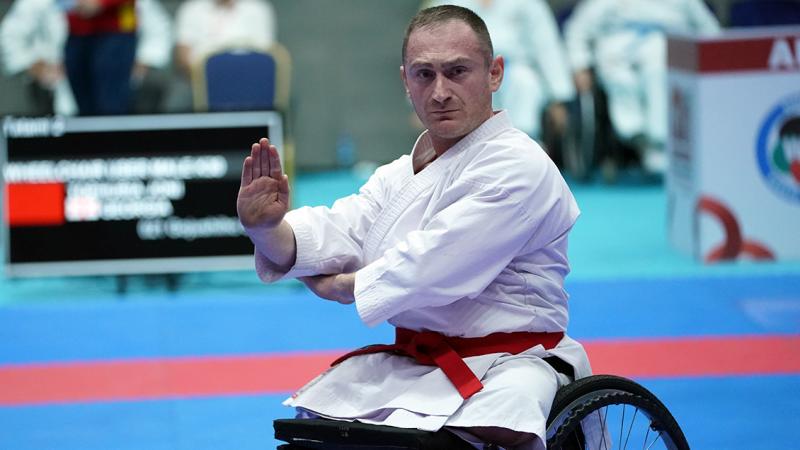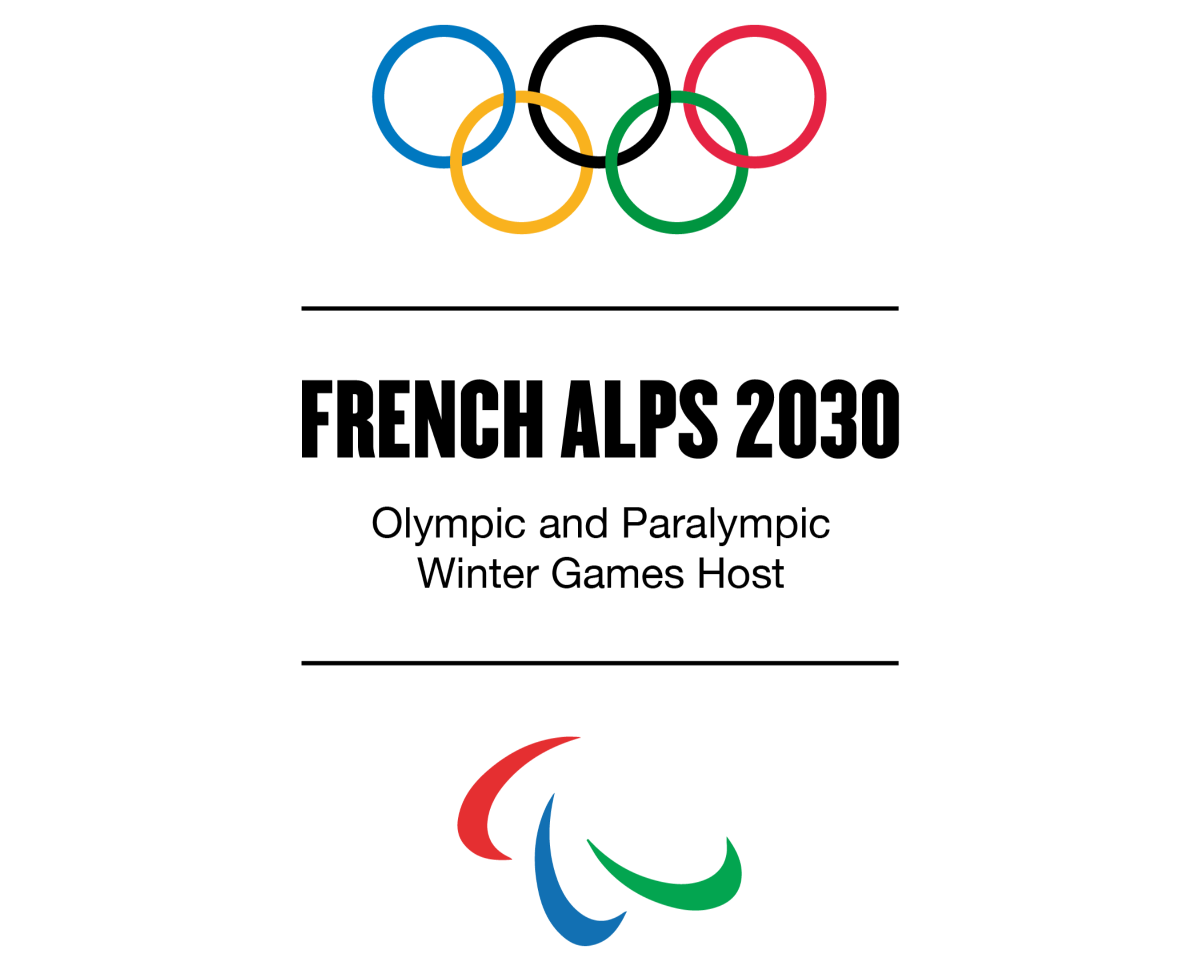
Para KARATE
Para Karate was first showcased as a demonstration at the 2012 World Championships in Paris and gained official recognition in 2015.
about PARA KARATE
Para karate focuses on “kata” – a series of choreographed moves (not combat) – demonstrating strength, power, and speed while maintaining elements such as grace, rhythm, and balance.
Classification for events is divided into three categories: K10 for visual impairments, K21 for athletes with intellectual impairments, and K30 for athletes with an eligible physical impairment affecting their lower limbs. The WKF Para karate classification panel evaluates the required level of impairment for eligibility based on the Para karate Classification Rules.
The performance is evaluated from the bow starting the kata until the bow ending the kata.
Scores are given using a scale from 5.0 to 10.0 in increments of 0.1 (5.0 being the lowest possible score for a Kata that is accepted as performed and 10.0 represents a perfect performance). Disqualification is indicated by a score of 0.0
Athletes are evaluated on 10 criteria: stance, technique, transitional movements, timing and synchronisation, correct breathing, focus (KIME), conformance (consistence in the performance of the KIHON), strength, speed, and balance.
The system of elimination varies depending on the number of competitors. Generally, athletes are placed into brackets of eight and the number is reduced by four in each round until only two groups remain. The athletes with the highest score in each group compete against each other for gold with the runner up taking silver. The second highest scorer compete against the opposing group’s third highest scorer for the two bronze medals.
Para karate history
Para karate was first introduced as a demonstration event at the 2012 World Championships in Paris. This paved the path for its official debut in 2014 at the Para Karate World Championships in Bremen, Germany.
Shortly after its official debut, the World Karate Federation (WKF) was officially recognised as a Para sport in 2015.
Since then, Para karate has held four World Championships hosted by Linz (2016), Madrid (2018), Dubai (2021), and Budapest (2023).
The 2023 World Championships in Budapest marked its biggest event yet bringing over 100 athletes from 30 countries, setting the stage for the 2025 World Individual Senior Championships in Cairo, Egypt.
Para karate is now a core feature in all five Continental Championships and today, over 50 countries host Para karate in their national championships.
DID YOU KNOW?
Egypt dominated the medals table at the 2023 Budapest World Championships winning nine medals – three of them gold.

Para Karate News
View more
Georgian Para karate athlete Tophuria tastes success just years after starting sport
Georgia's Joni Tophuria started Para karate after meeting his coach Gocha Surmanidze in 2019 and won a bronze medal at the 2022 European Karate Championships
Federation contact information
World Karate Federation is the governing body for the recognized sport of karate.
PARA KARATE
Antonio Espinós
PARALYMPIC AND PARA SPORT RESULTS
Search for all results from Paralympic Games events and selected other international Para sport events.
FAQs
Although Para karate is a sport officially recognised by the International Paralympic Committee (IPC) it has not yet been included in the Paralympic Games sport programme.
The three types of karate are kata, kihon, and kumite. Para karate focuses on kata and elements of kihon but does not include kumite (combat).
Belts of grade cannot be worn during the performance. When competing, it is mandatory to wear a WKF Approved red belt (AKA) or blue belt (AO) as allocated by the draw, without any personal embroideries or advertising or markings other than the customary label from the manufacturer.
Para karate is a martial art practice that has been adapted for athletes with disabilities.
Scores are given using a scale from 5.0 to 10.0 in increments of 0.1 (5.0 being the lowest possible score for a kata that is accepted as performed and 10.0 represents a perfect performance). Disqualification is indicated by a score of 0.0.



